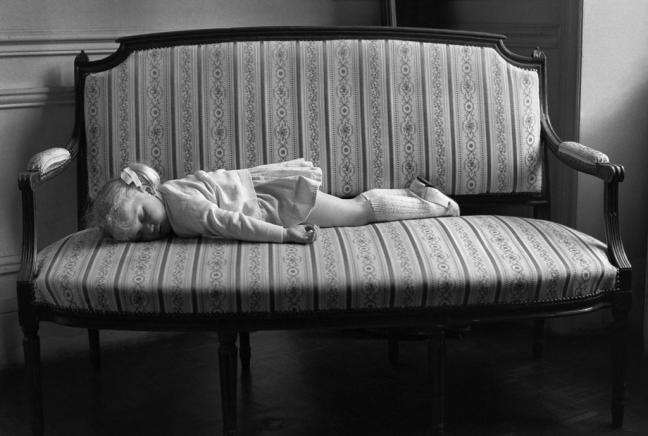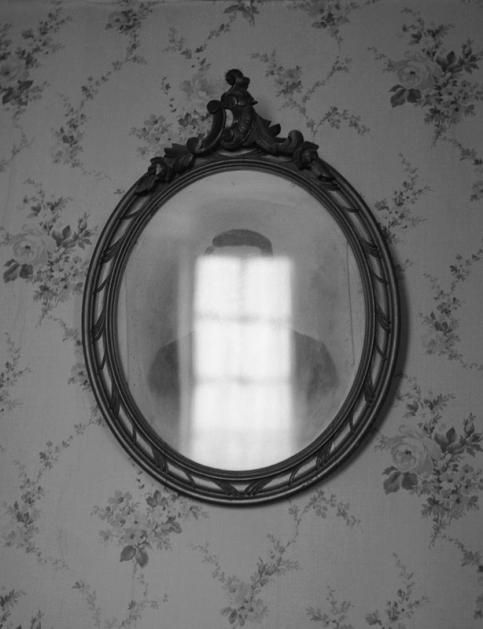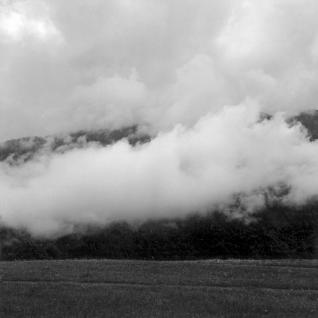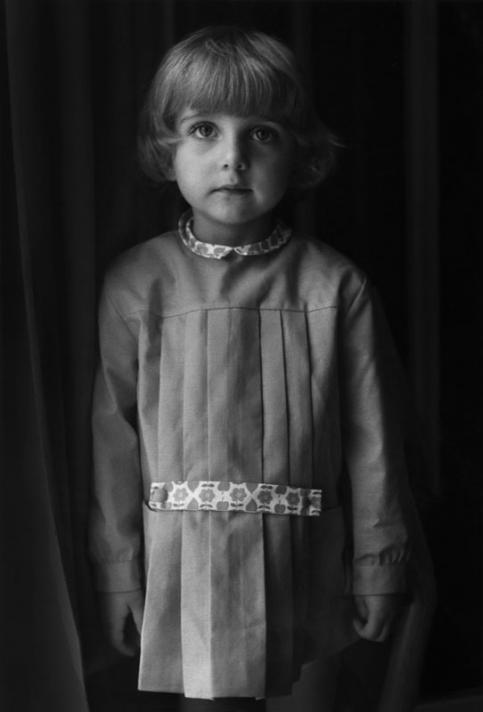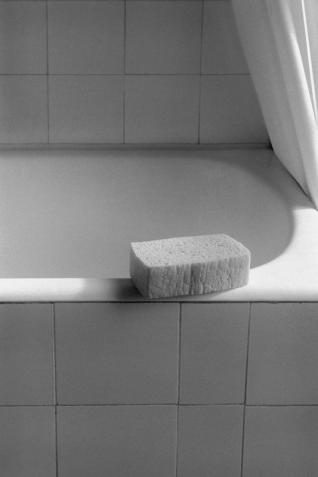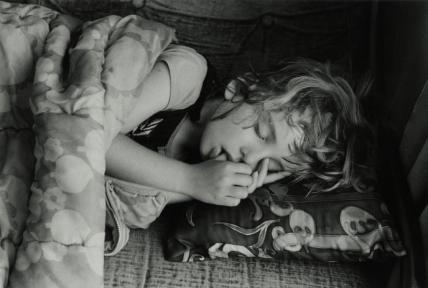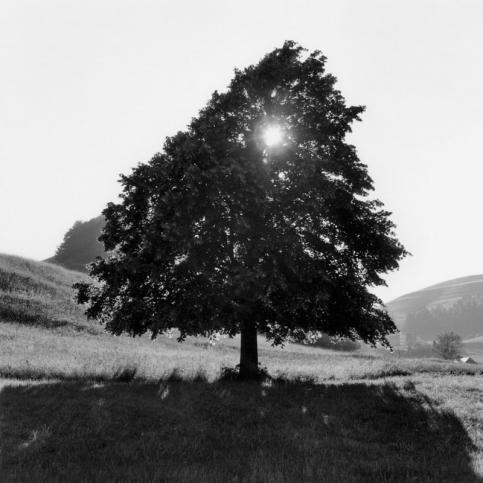Through his photographs, Claude Batho (1935-1981) examined the simplest of objects from his daily life, to familiar landscapes and his close entourage. The apparent simplicity of the representations leaves room for sensitivity, for a silent beauty often associated with black and white sliver-based prints. This simplicity turns into poetry and triumphs over banality. A women’s gesture, Claude Batho’s photography can be read as a personal diary whose subjects are not the extraordinary moments of existence but the insignificant and, as such timeless ones.
Exhibition co-produced with the GwinZegal Centre for Art and Research, Guingamp
Now that time has passed, we can look back on Claude Batho’s photographs with serenity. In this collection that is far from scattered or by chance, there a feeling of going beyond the limits of a lifetime. Her work has aged particularly well. We would so love that she and her friends and family would be able to find themselves in this new portrait, thirty years after her death. As everything seems simple in these photos. Photography seems to want to be a carbon copy of family life; a practice imbued with tenderness, made up of daily, humble gestures: when the images connect to a practical “reality” that is never far from a dream.
[…]
Such is the photographer’s instinctive effort as she attempts to discern the informal beauty of the world in clear figures. This is her great merit. She gives herself no specific virtue, accords herself no privilege. She creates no original situation that is outside the real. But she makes the photographic act into an original object as it is limping, awkward. As spectators we recognise ourselves in these images while the object remains unique forever. The fate of a successful photograph lies there. Everything is true and nothing is. This unique and autonomous universe has its own laws. It imposes itself on us and leaves no room for discussion.
This state we wish to protect precedes the catastrophe. The future is a threat. Choosing a frame is examining that which belongs to us and which we do not wish to have removed. That which is ours, are these objects and their positions. They exist in themselves and in their difference, they are another us. We have no interest in their use. Their meaning escapes us. Only their nudity matters. Through that which they convoke, they go beyond their utilitarian function to become thing and idea simultaneously. The objects we glimpse have something of the ancestral image of an offering. Practically all photography is a ritual, a daily homage to the powers of life.
In this, Claude Batho places herself not in front of nature but in its centre. Her photographic act occurs in a face to face with loss, without nostalgia, in tones of melancholic greys.
Extract from the text by François Cheval
A book has been published to coincide with the exhibition :
Co-edition by GwinZegal, musée Nicéphore Niépce

